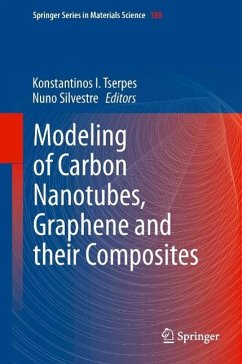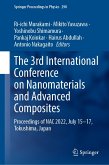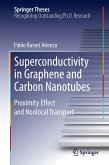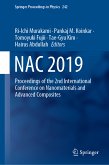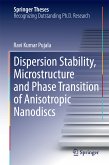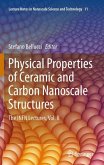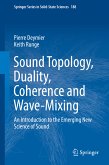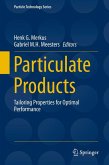This book contains ten chapters, authored by world experts in the field of simulation at nano-scale and aims to demonstrate the potentialities of computational techniques to model the mechanical behavior of nano-materials, such as carbon nanotubes, graphene and their composites. A large part of the research currently being conducted in the fields of materials science and engineering mechanics is devoted to carbon nanotubes, graphene and their applications. In this process, computational modeling is a very attractive research tool due to the difficulties in manufacturing and testing of nano-materials. Both atomistic modeling methods, such as molecular mechanics and molecular dynamics, and continuum modeling methods are being intensively used. Continuum modeling offers significant advantages over atomistic modeling such as the reduced computational effort, the capability of modeling complex structures and bridging different analysis scales, thus enabling modeling from the nano- to the macro-scale. On the other hand, atomistic modeling is very accurate and can provide detailed information about the effects of material structure such as the interfaces and functionalization.
Dieser Download kann aus rechtlichen Gründen nur mit Rechnungsadresse in A, B, BG, CY, CZ, D, DK, EW, E, FIN, F, GR, HR, H, IRL, I, LT, L, LR, M, NL, PL, P, R, S, SLO, SK ausgeliefert werden.

